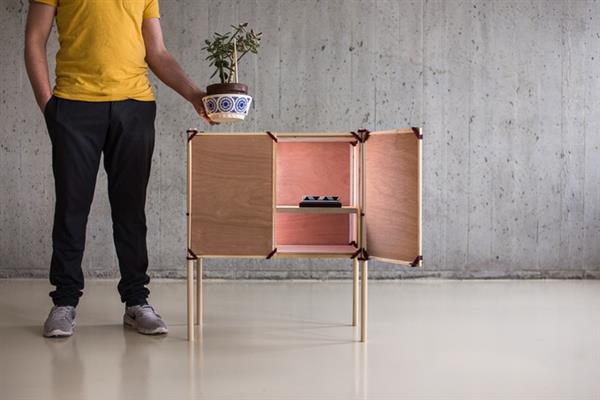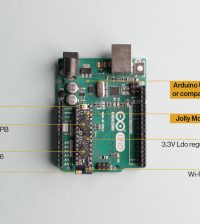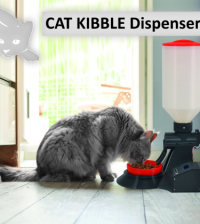- makeITcircular 2024 content launched – Part of Maker Faire Rome 2024Posted 2 weeks ago
- Application For Maker Faire Rome 2024: Deadline June 20thPosted 2 months ago
- Building a 3D Digital Clock with ArduinoPosted 7 months ago
- Creating a controller for Minecraft with realistic body movements using ArduinoPosted 7 months ago
- Snowflake with ArduinoPosted 8 months ago
- Holographic Christmas TreePosted 8 months ago
- Segstick: Build Your Own Self-Balancing Vehicle in Just 2 Days with ArduinoPosted 8 months ago
- ZSWatch: An Open-Source Smartwatch Project Based on the Zephyr Operating SystemPosted 9 months ago
- What is IoT and which devices to usePosted 9 months ago
- Maker Faire Rome Unveils Thrilling “Padel Smash Future” Pavilion for Sports EnthusiastsPosted 10 months ago
Standard Products: 3D printed modular furniture that you can design
Every year, Dutch Design Week (DDW) presents a number of impressive projects and products that have been realized with the help of 3D printing. In fact, the week-long design event has increasingly emphasized its focus on additive manufacturing technologies and their various design applications. Last year, for instance, a whole exhibition was dedicated to 3D printed footwear, which we were fortunately enough to experience first hand. This year, we can expect to be impressed once again, with the presence of such innovative designers as Jesse Howard and Jesse Kirschner, whose 3D printed projects have been on our radar for quite some time.
The Netherlands-based designers, who over the past two years have introduced Keyshapes, a series of 3D printed modular furniture connectors, and launched an open-source 3D printed desk lamp, are now ready to present their latest series called “Standard Products”. The collection, which consists of digitally-crafted furniture accompanied with an online-platform for reimagining and designing products, will not only be featured at the upcoming DDW (running from October 22 to 30th in Eindhoven), but has also launched through a Kickstarter campaign.

Notably, the material used for the 3D printed components is quite important, as it must be strong enough to hold and maintain the weight of a person, books, or shoes. To achieve this, Howard and Kirschner worked closely with DSM’s department of engineering plastics to develop a plastic strong enough to accommodate these uses: Nexeo Novamid®ID. Of course, if you opt to 3D print the components at home, you should take the material strength into account.

Source: 3ders.org















